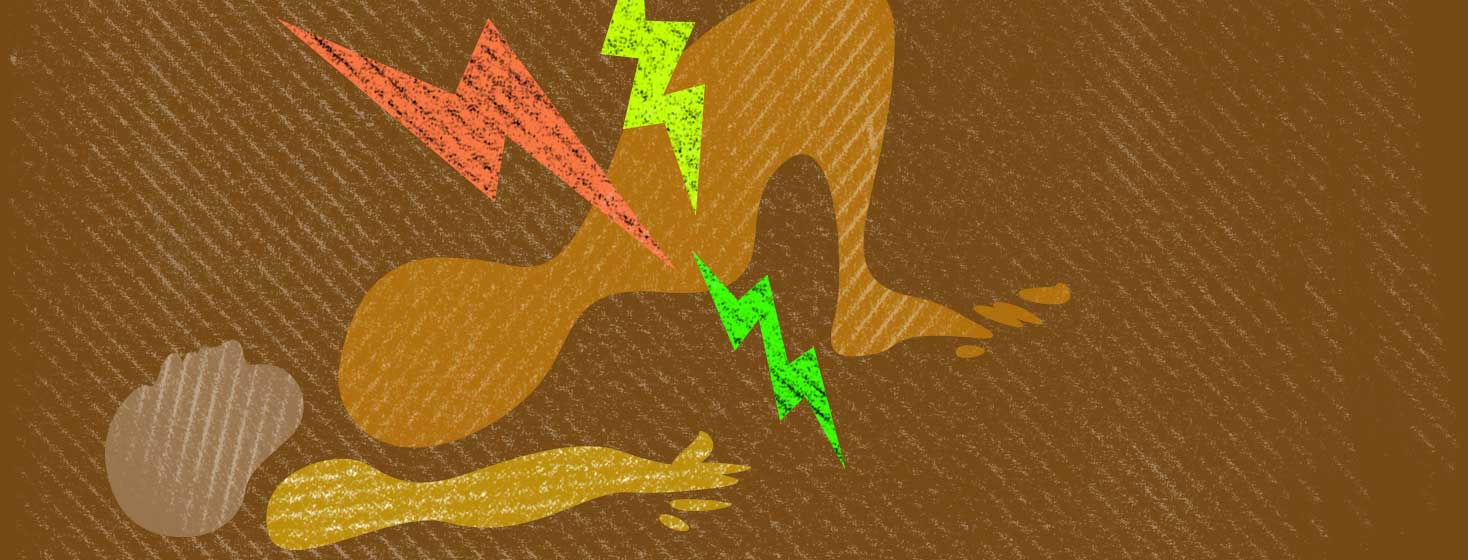Keep on Kegeling
If you read my last article (Kegels 101), hopefully you are able to contract your pelvic floor muscles enough now to correctly perform a good program with the goal of strengthening these muscles for better bladder control and sexual function.
For those feeling unsure
If you are still feeling unsure, this is a good time to consider finding a pelvic floor physical therapist to guide you on this adventure. How do you find a pelvic floor PT? My first suggestion would be to ask your surgeon for a referral.
If you get nowhere with that, then you will have to do a little digging. Could you reach out to a support group and see if any members used physical therapy in their recovery? This is a good way to get some recommendations and also some input on what to expect.
Next, consider Googling "pelvic floor physical therapy" in your local area. Then call the facility and ask if their PT is experienced in working with men post prostatectomy.
Next steps for pelvic floor exercises
But let’s say you just can’t locate a pelvic floor PT and you feel pretty confident in the way you are performing your pelvic muscle exercises (PMEs). Then we can talk about how you would progress through a program.
How many, how often?
Step 1: Start by holding for a count of 2, then release for a count of 4. How many can you do and still feel the upward pull and the downward release? 10, 15, 20? Then start there and do that twice a day. You do not need to do more than about 25 at a time. Start sitting or lying down. Practice like this for a week or two, until it seems easier.
Step 2: If you can do the shorter contractions easily, then start lengthening the time you hold the contraction. Can you hold for 5 seconds? Sometimes in order to hold longer, you need to continue to pull up and in on these muscles. It is not just one long pull, but rather it feels like you are pulling up repeatedly.
Sometimes it helps to count aloud (or silently). This should sound something like “one-pull, two-pull, three-pull, release, release, release, release.” If you can hold longer without straining or holding your breath, then you are ready to progress to a 5-second hold and 10-second release. You should work up to comfortably performing 20 to 25 repetitions 2 times daily.
Step 3: Next, if you are progressing well and feeling good and comfortable with step 2, let’s add some variety. Try to do quick flicks while standing. This simply means that you quickly and strongly pull up those muscles for a 1- to 2-second count and release just as quickly. Be sure to completely release before you do another quick flick.
Do 5 to 10 of these quick flicks 2 to 3 times a day while standing. You can just add these to the above program. You are not replacing the longer contractions. Practice adding these in for 1 to 2 weeks, then progress to step 4.
Step 4: Now, progress to different positions. Your program could look something like this:
- Morning – Before you even get out of bed (or maybe sitting with a cup of hot tea, standing in the shower while the warm water wakes you up) do 25 repetitions of 5-second holds and 10-second releases.
- Late morning/afternoon – Do 5 to 10 strong quick flicks later in the morning. Repeat later in afternoon.
- Evening – Stand up while performing your 5/10 set of 25.
- Take the rest of the day off.
I hope these Kegel articles have helped you learn about these awesome muscles and to strengthen them! And remember, it is important to talk with your doctor about incorporating Kegels into your daily exercise routine before getting started.

Join the conversation